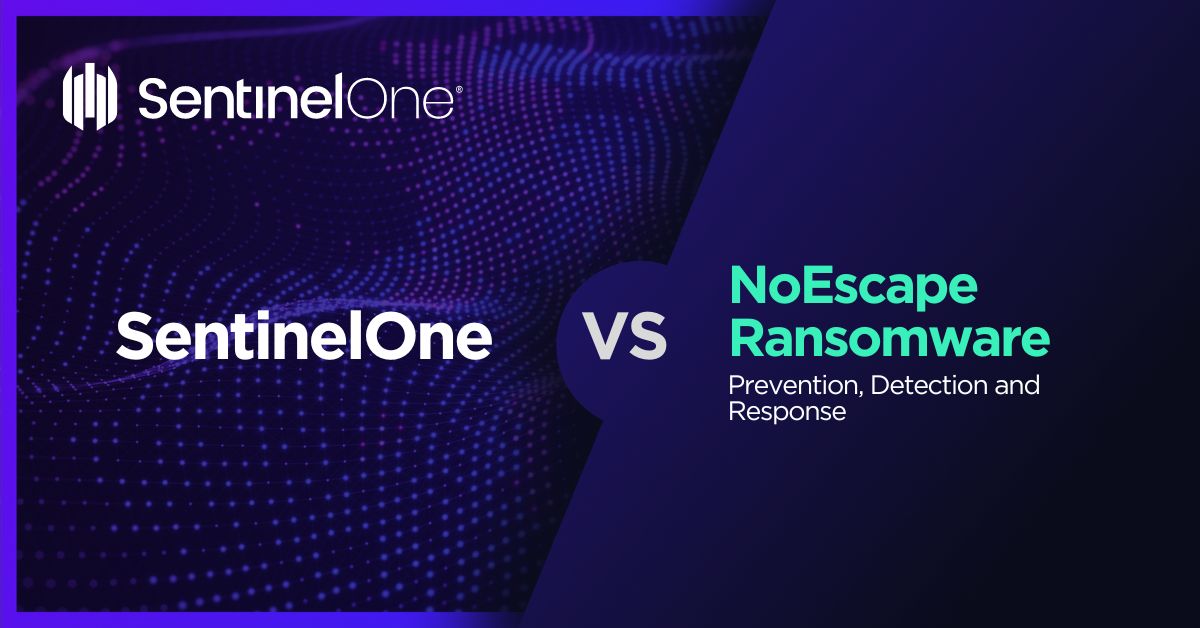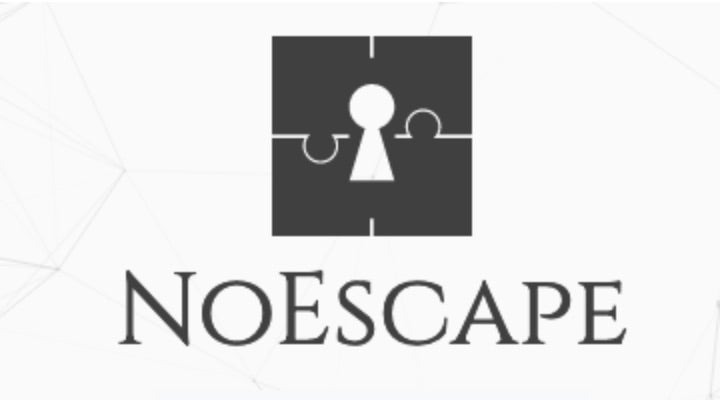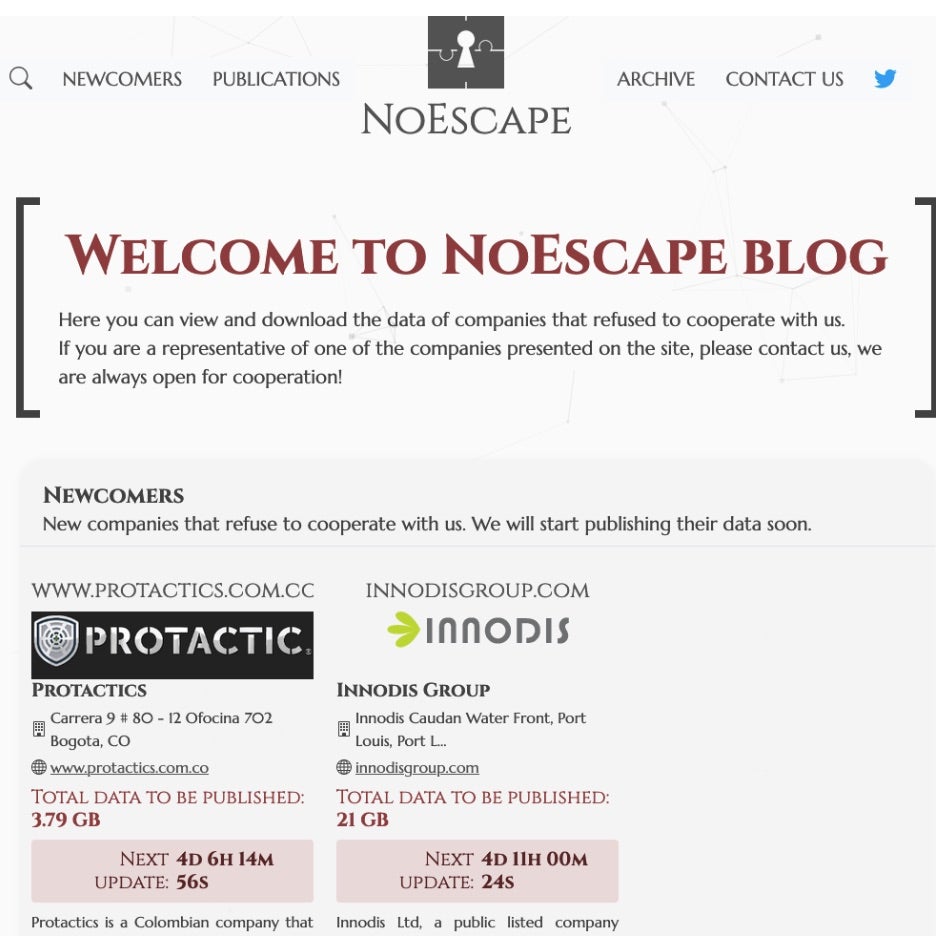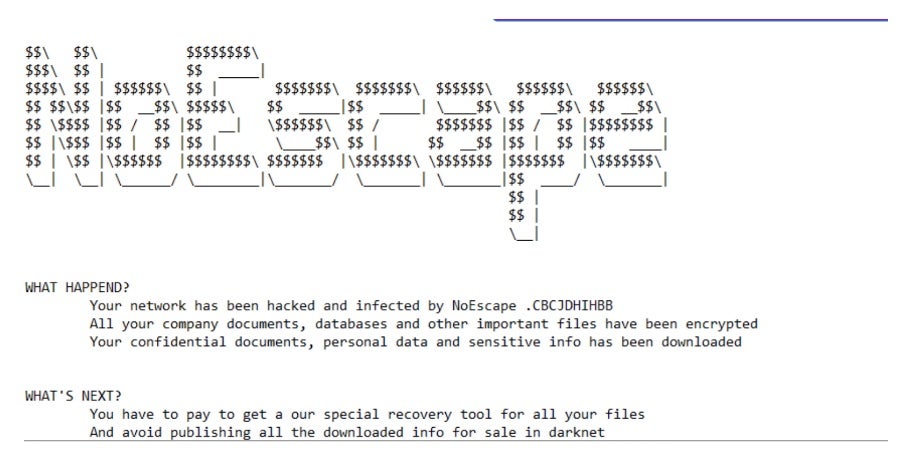NoEscape Ransomware: In-Depth Analysis, Detection, and Mitigation
What Is NoEscape Ransomware?
NoEscape ransomware emerged in May of 2023 and functions as a Ransomware-as-a-Service (RaaS). The developers of NoEscape claim to have built the malware and its supporting infrastructure from scratch; notably opting not to incorporate source code or leaks from other known ransomware families. Currently, NoEscape RaaS operators provide affiliates with a platform to build and manage payloads for both Windows and Linux.
NoEscape is also a known multi-extortion operation, hosting a TOR-based blog to list victims, and host exfiltrated data of victims that fail to comply with their demands.
What Does NoEscape Ransomware Target?
Since NoEscape operates as a RaaS, its targets vary depending on the affiliate and the buyer. From what is known, NoEscape operators seemingly avoid targeting entities in the Commonwealth of Independent States (CIS).
How Does NoEscape Ransomware Work?
NoEscape RaaS payouts are engineered on a shared-profit model similar to many of the contemporary operations. Any collected ransom over $3 million dollars USD results in a 90/10 split in favor of the affiliates. The number changes with lower ransom amounts. For example, a one million dollar payout would result in a 80/20 split for the operator and affiliate respectively.
Prospective NoEscape affiliates are offered a full-feature management panel to monitor and manipulate their ransomware campaigns. The panel offers ‘full automation’ within the TOR network, automated updates to the TOR-based leak blog, a private victim chat, and several communication channels. The NoEscape group also offers their affiliates 24/7 support and other ‘prime’ features that come with a sizeable ‘software license purchase’.
NoEscape ransomware payloads support multiple encryption modes, including full, fast, or strong, along with leveraging RSA and ChaCHA20 for the specific file encryption. Other features include process termination, safe-mode operation, spreading and encryption over SMB or DFS, and the use of the Windows Restart Manager to work around any processes which may inhibit the encryption process. A shared encryption feature allows for a single encryption key to be shared across all infected files in a network as opposed to each host having a unique key. This option is available to allow for efficient encryption and rapid decryption should the victim pay.
NoEscape ransom notes are written as “HOW_TO_RECOVER_FILES.TXT” to each folder containing encrypted files. All encrypted files will have a ten-character identifying extension appended to them. Examples of observed extensions include “.CCBDFHCHFD” and “.CBCJDHIHBB”.
How to Detect NoEscape Ransomware
The SentinelOne Singularity XDR Platform can identify and stop any malicious activities and items related to NoEscape ransomware.
In case you do not have SentinelOne deployed, detecting NoEscape ransomware requires a combination of technical and operational measures designed to identify and flag suspicious activity on the network. This allows the organization to take appropriate action, and to prevent or mitigate the impact of the ransomware attack.
To detect NoEscape ransomware without SentinelOne deployed, it is important to take a multi-layered approach, which includes the following steps:
- Use anti-malware software or other security tools capable of detecting and blocking known ransomware variants. These tools may use signatures, heuristics, or machine learning algorithms, to identify and block suspicious files or activities.
- Monitor network traffic and look for indicators of compromise, such as unusual network traffic patterns or communication with known command-and-control servers.
- Conduct regular security audits and assessments to identify network and system vulnerabilities and ensure that all security controls are in place and functioning properly.
- Educate and train employees on cybersecurity best practices, including identifying and reporting suspicious emails or other threats.
- Implement a robust backup and recovery plan to ensure that the organization has a copy of its data and can restore it in case of an attack.
How to Mitigate NoEscape Ransomware
The SentinelOne Singularity XDR Platform can return systems to their original state using either the Repair or Rollback feature.
In case you do not have SentinelOne deployed, there are several steps that organizations can take to mitigate the risk of NoEscape ransomware attacks:
Educate employees: Employees should be educated on the risks of ransomware, and on how to identify and avoid phishing emails, malicious attachments, and other threats. They should be encouraged to report suspicious emails or attachments, and to avoid opening them, or clicking on links or buttons in them.
Implement strong passwords: Organizations should implement strong, unique passwords for all user accounts, and should regularly update and rotate these passwords. Passwords should be at least 8 characters long, and should include a combination of uppercase and lowercase letters, numbers, and special characters.
Enable multi-factor authentication: Organizations should enable multi-factor authentication (MFA) for all user accounts, to provide an additional layer of security. This can be done through the use of mobile apps, such as Google Authenticator or Microsoft Authenticator, or through the use of physical tokens or smart cards.
Update and patch systems: Organizations should regularly update and patch their systems, to fix any known vulnerabilities, and to prevent attackers from exploiting them. This includes updating the operating system, applications, and firmware on all devices, as well as disabling any unnecessary or unused services or protocols.
Implement backup and disaster recovery: Organizations should implement regular backup and disaster recovery (BDR) processes, to ensure that they can recover from ransomware attacks, or other disasters. This includes creating regular backups of all data and systems, and storing these backups in a secure, offsite location. The backups should be tested regularly, to ensure that they are working, and that they can be restored quickly and easily.



